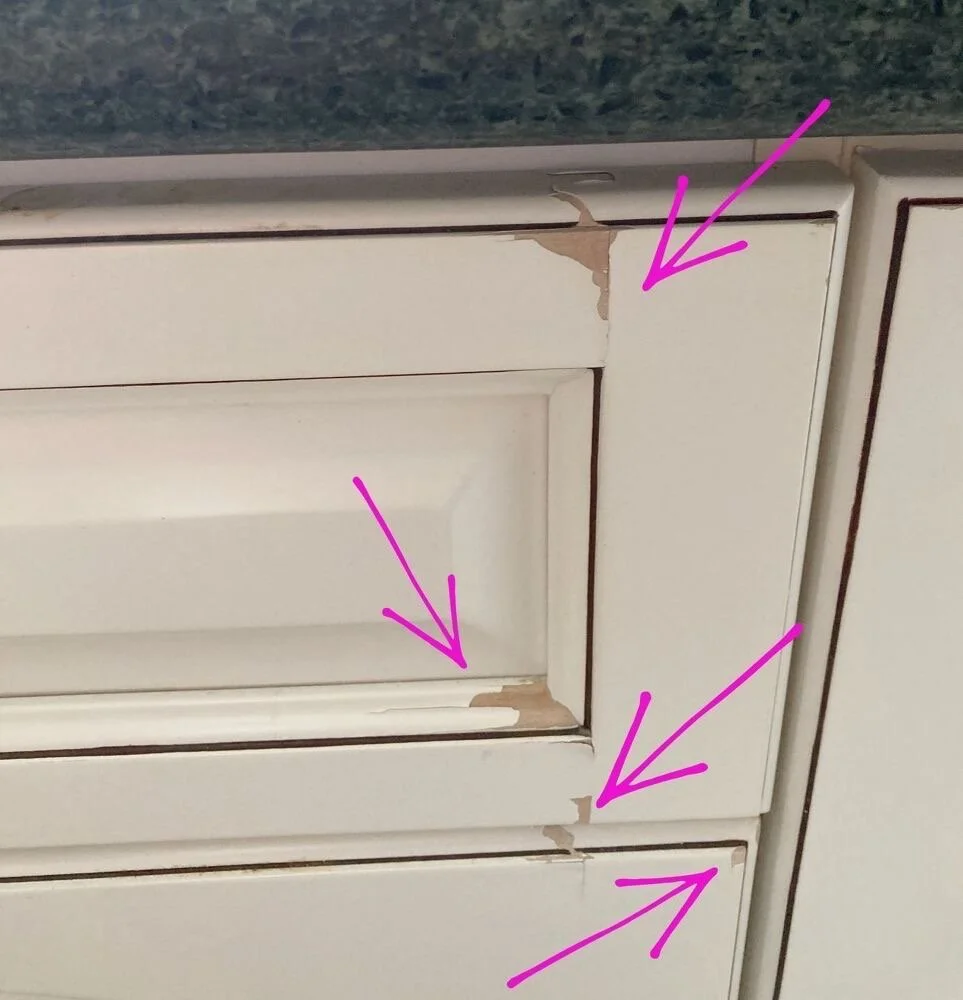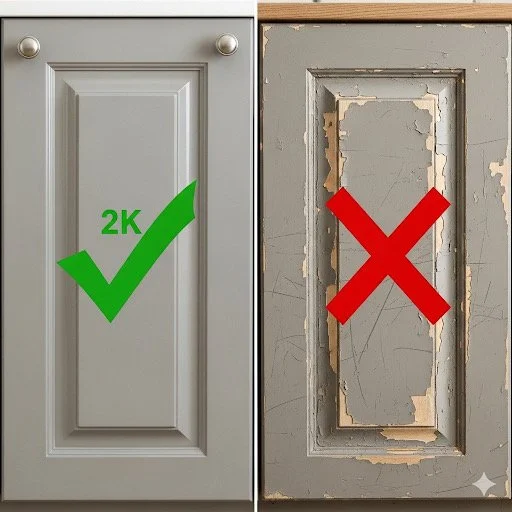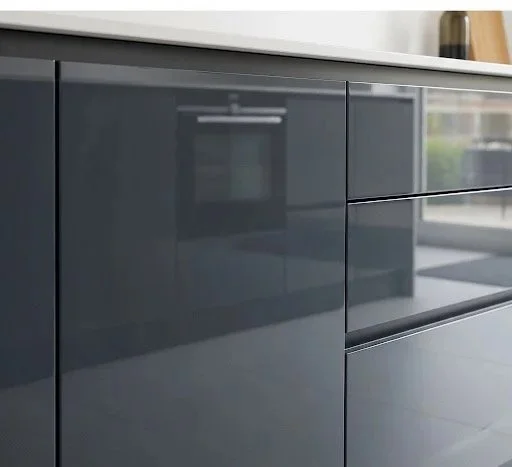Keeping Your Cabinets Flawless: How Often Do Painted Cabinets Need a Touch-Up?
You've invested in beautifully painted kitchen cabinets, transforming your space with a fresh, vibrant look. Now, the natural question arises: how often will I need to touch them up to maintain that pristine finish? It's a completely valid concern, especially for a high-traffic area like a kitchen. The truth is, the answer depends entirely on the type of paint used and the quality of the application.
If you're using a professional-grade finish, the good news is that the days of constant touch-ups are a thing of the past.
Picture from Pinterest by hometalk
The Fundamental Difference: Professional vs. Consumer-Grade Paint
The paint you find at your local hardware store is typically a one-component (1K) product. It dries as its water or solvent evaporates, leaving behind a relatively soft film. While these paints are great for walls and other low-traffic areas, they simply aren't engineered to withstand the daily bumps, scuffs, and cleaning of a cabinet door. This is where the chipping problem begins for many DIY projects.
A professional finish, however, is on a different level. Our company uses a high-performance 2K (two-component) paint, a technology widely used in the automotive and industrial sectors.
The Science Behind a No-Chip Finish
The "2K" in the paint's name stands for two components: the paint itself and a catalyst or hardener. When we mix these two parts right before spraying, a powerful chemical reaction begins. This process creates a rigid, cross-linked molecular film that is fundamentally different from a standard paint.
Think of it like the difference between a dry piece of paper and a sheet of fiberglass. The paper is flexible and can be easily torn. The fiberglass, on the other hand, is hardened and rigid due to a chemical process, making it incredibly durable and resistant to breaking. Our 2K finish undergoes a similar transformation, curing into an exceptionally hard and durable surface that is built to last.
So, How Often Do You Need to Touch Up?
With this level of durability, the answer is: rarely, if ever.
A properly applied 2K finish is designed to be highly resistant to:
Chipping and Scratches: The immense hardness of the cured finish provides a high level of protection against physical impacts from pots, pans, and daily use.
Chemical Degradation: The tight, non-porous surface is highly resistant to household cleaners, grease, and moisture, preventing the finish from softening or breaking down.
Color Fading: These finishes also have excellent UV resistance, ensuring your cabinets maintain their beautiful color for years without yellowing or fading.
The Secret to a Lasting Finish: The Power of Preparation
Even the best paint in the world will fail without the right preparation. Chipping and peeling almost never stem from a flaw in a high-quality 2K paint; they are nearly always a symptom of poor surface adhesion.
That's why our process is meticulous. Before we ever apply the first coat of paint, we:
Thoroughly Degrease: We use industrial-grade cleaners to remove all oils, grease, and grime.
Sand to Perfection: We sand every surface to create a perfect "tooth" for the primer to adhere to.
Use a High-Performance Primer: We apply a special primer that is specifically designed to bond with the cabinet material and the 2K paint.
This multi-step preparation is the foundation of a lasting finish and is what separates a professional job from a DIY attempt.
Enjoy a Flawless Finish for Years to Come
When you choose a professional to finish your cabinets, you're investing in more than just color. You're getting a finish that is engineered for exceptional performance and longevity. You can enjoy a beautiful, flawless kitchen without the worry of having to constantly touch up chipped paint.



